DALLAS, TX — The instructions by the air boss of the annual Wings Over Dallas Airshow where five aircrew members died in a horrific mid-air collision was highlighted in the initial crash investigation today. The National Transportation Safety Board (NTSB) released its initial report about the Nov. 12, 2022 tragedy — a mid-air collision between a B-17G and P-63 Aircobra — Wednesday (Nov. 30) afternoon.
According to the report, a 3-ship fighter formation where the P-63 Kingcobra was in the #3 position was directed by the air boss to transition into a “trail” formation and overtake the adjacent 5-ship bomber formation as the two formations were lining up for a south to north flyby of the air show center.
An air boss is akin to the lead air traffic controller of an air show. During the show, planes fly a large racetrack with one of the long legs of that racetrack parallel to the line of spectators. The first of many imaginary lines, each called the "show line," is usually at least 500 feet offset away from the spectators.
The preliminary report did not assign blame to the air boss but it did describe the air boss’s instructions in the sequence of events leading up to the mid-air collision.
The mishap B-17G “Texas Raiders” was flying as the lead of the 5-ship bomber formation that was already in trail formation. The 3-ship flight of fighters was directed by the air boss to also transition to trail formation and “fly in front of the bomber formation, and proceed near the 500 ft show line.” The bomber formation’s show line, an imaginary line parallel to the spectators, was offset 1000 feet to the west of the spectators; the fighter show line was an imaginary parallel line 500 feet west of the spectators. Therefore, the two tracks had 500 feet of lateral separation.
According to the report, the two formations were intended to have lateral separation but there was no altitude separation in the plan or briefing.
“When the fighter formation approached the flying display area, the P-63F was in a left bank and it collided with the left side of the B-17G, just aft of the wing section,” the report states. The crash happened on the approach end of runway 31 just as the planes were crossing over the airfield boundary.
The NTSB was able to retrieve usable data from the B-17G’s onboard ADSB computer. The Aircobra’s data was apparently destroyed or not available. It was not retrieved.
The NTSB studies aviation mishaps to determine cause in order to change national aviation rules, regulations, and policies to prevent similar accidents in the future. The preliminary report does not attempt to assign blame or name the cause, but it does attempt to give a preliminary narrative of actions and events up to, during, and after the mishap. The final report that will announce the causes can take about 18 months from the time of the mishap to publish.
The loss of life was very tragic but so too was the loss of flying history. Wings Over Dallas is an air show produced by the Commemorative Air Force. The CAF operated the B-17G nicknamed “Texas Raiders” for over four decades. It was based in Conroe and a treasure in the state of Texas. The P-63 was also based in Texas. Both were irreplaceable WWII vintage airframes.
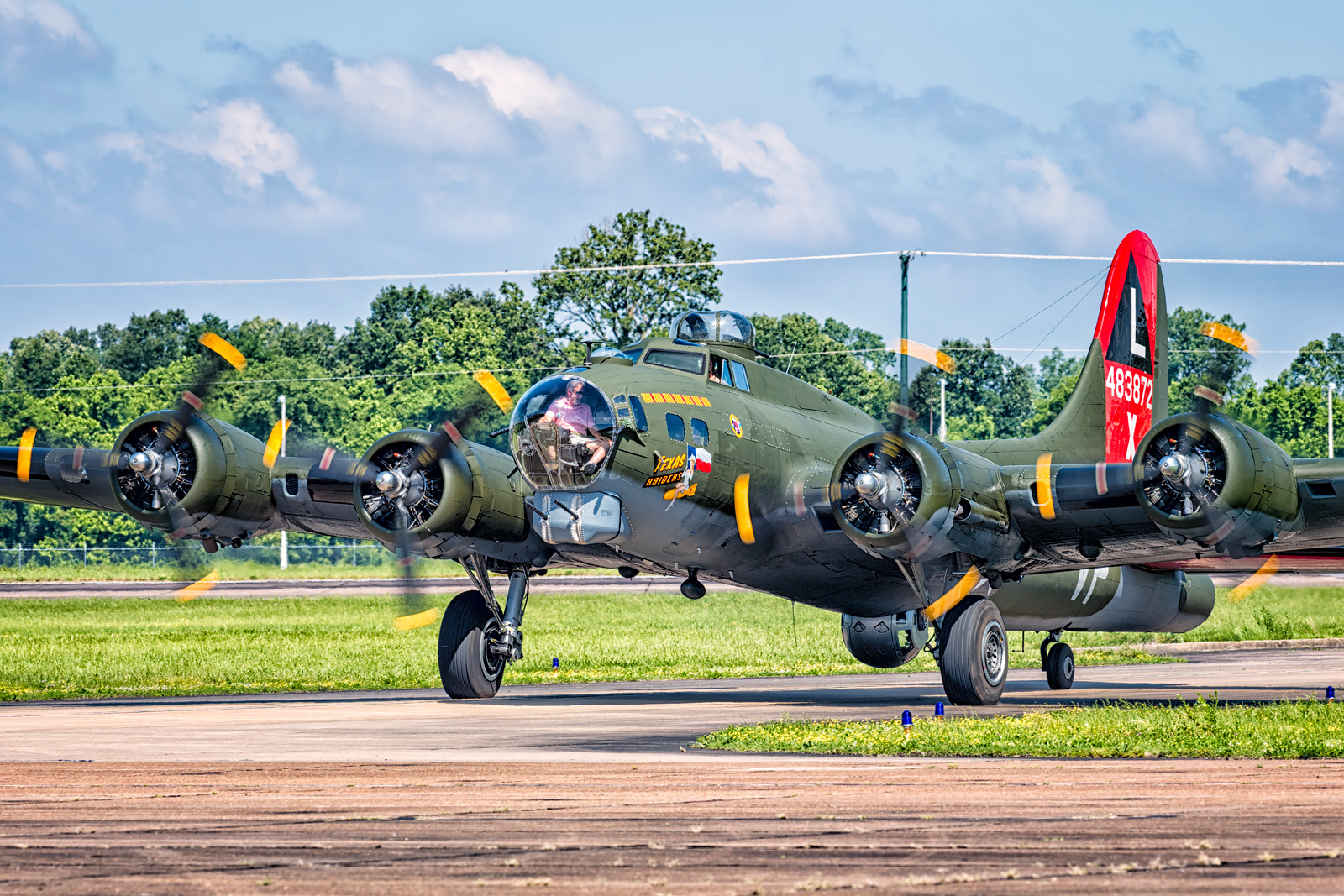
B-17G "Texas Raiders" operated by the Gulf Coast Wing of the Commemorative Air Force at the Millington Regional Jetport on May 13, 2017. (Photo by Angelo Bufalino, used with permission)
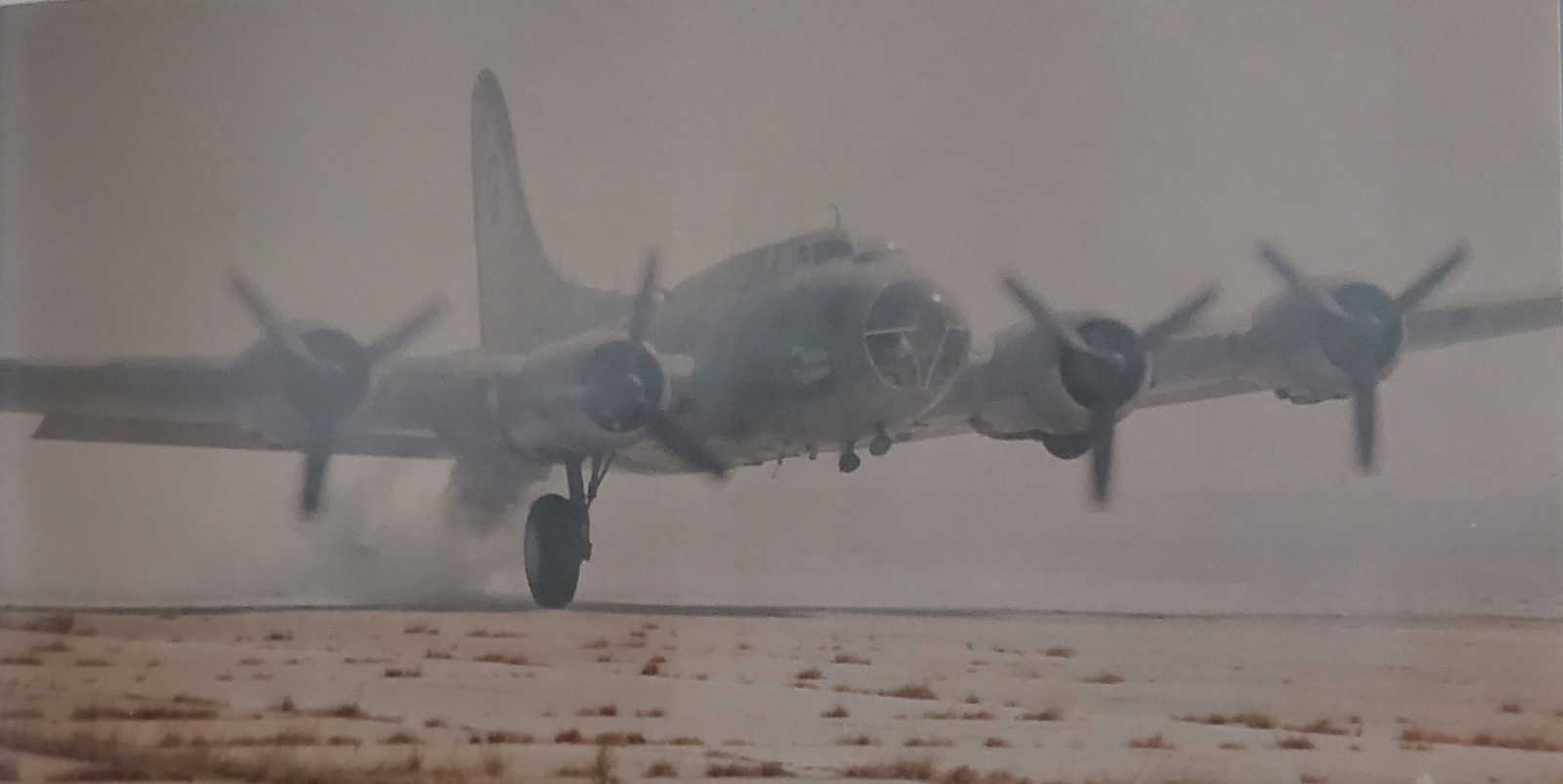
The one-wheeled touch-and-go performed for years by the pilots of Texas Raiders until Boeing told the Gulf Coast Wing that structurally this wasn't a good idea. (Photo on B17TexasRaiders.com)
Subscribe to the LIVE! Daily
Required


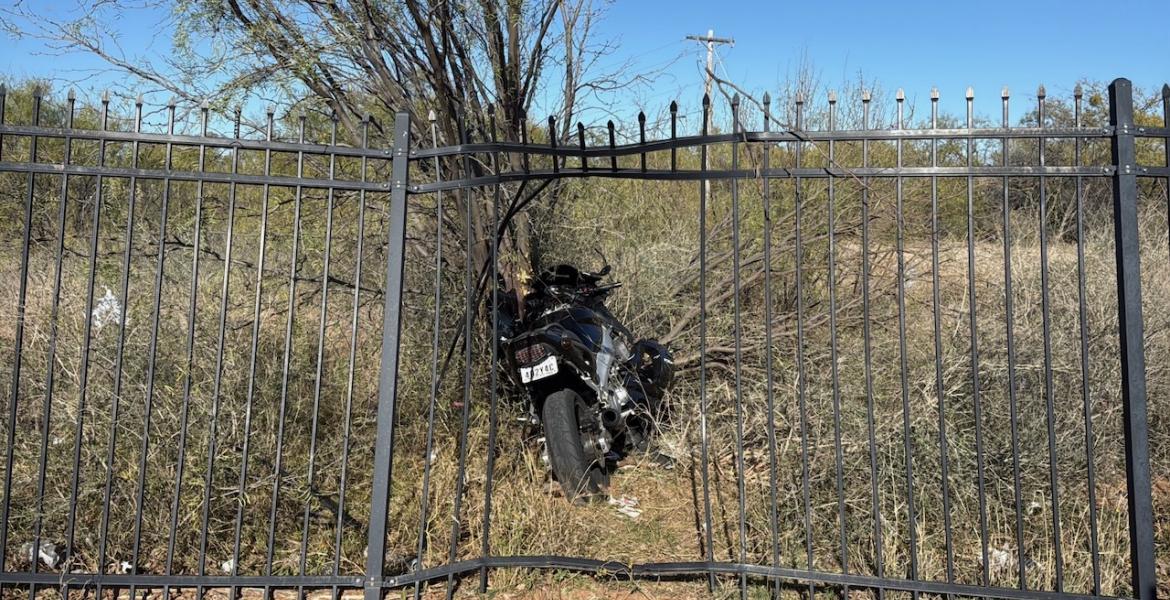
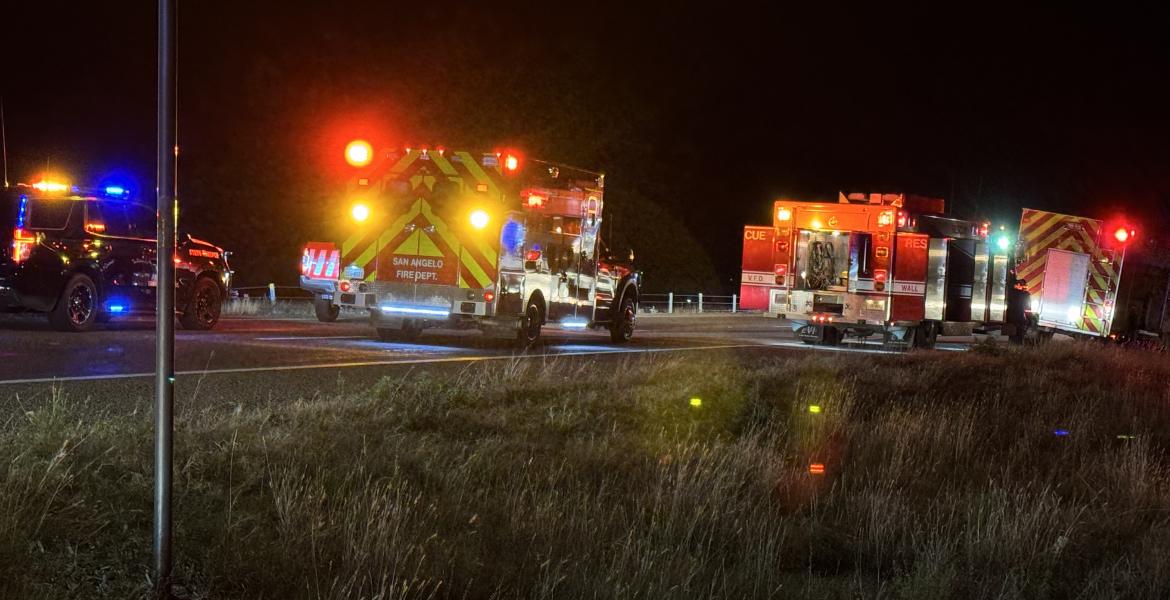
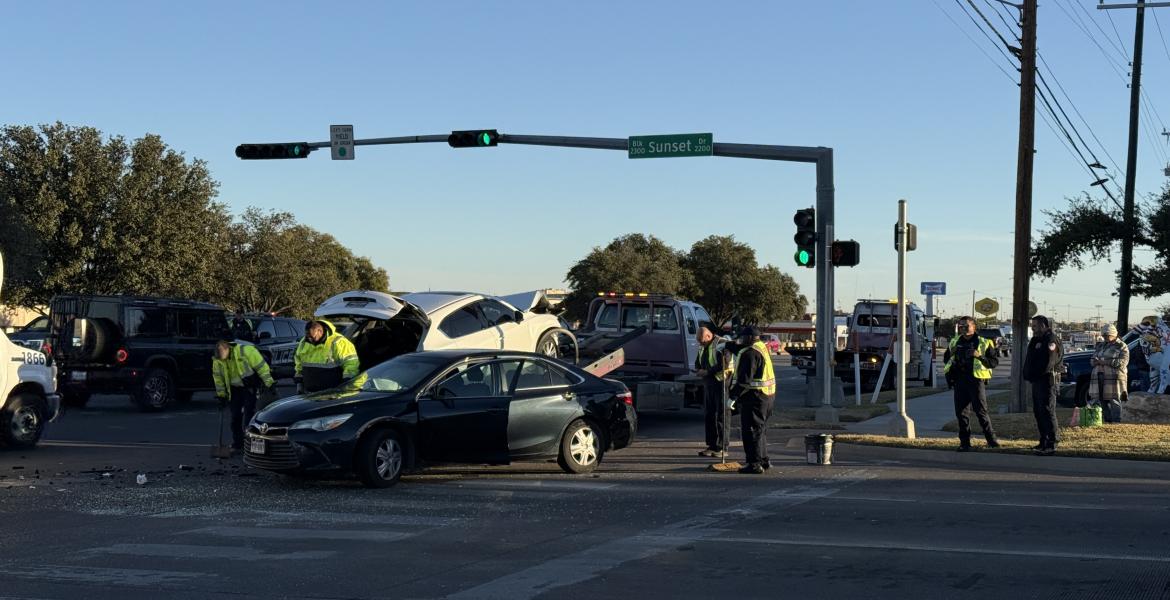

Post a comment to this article here: